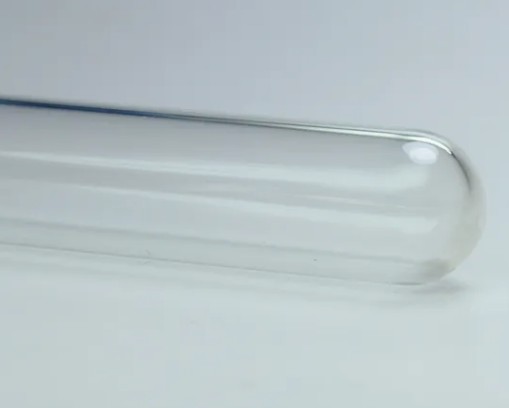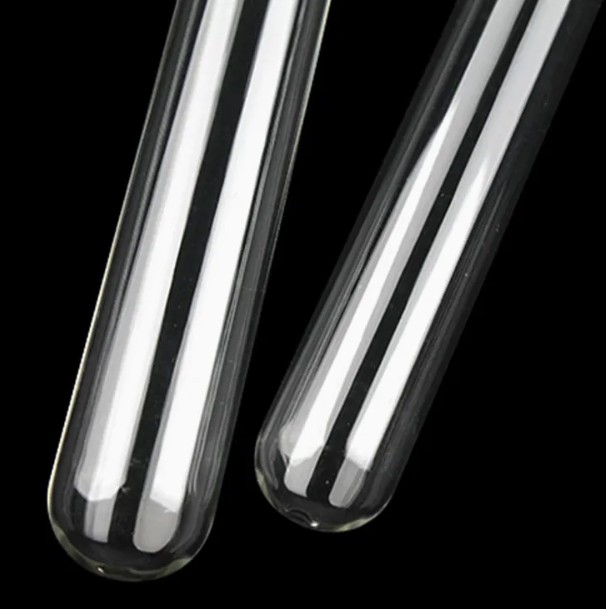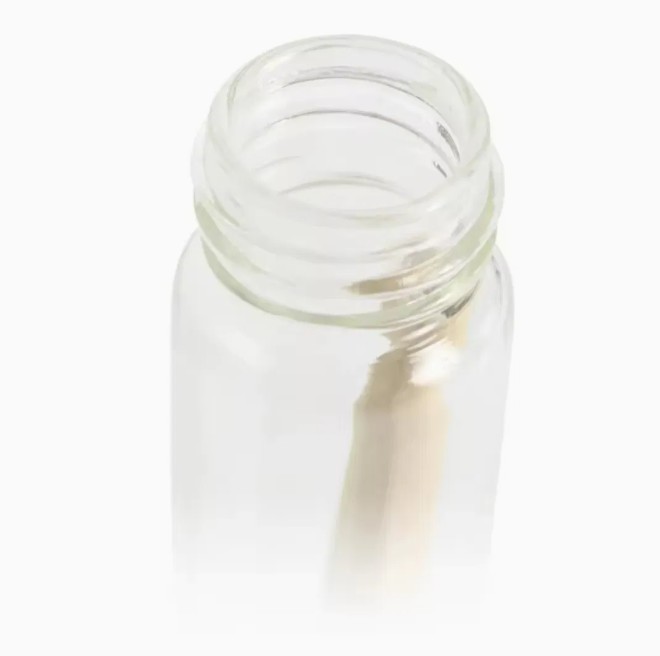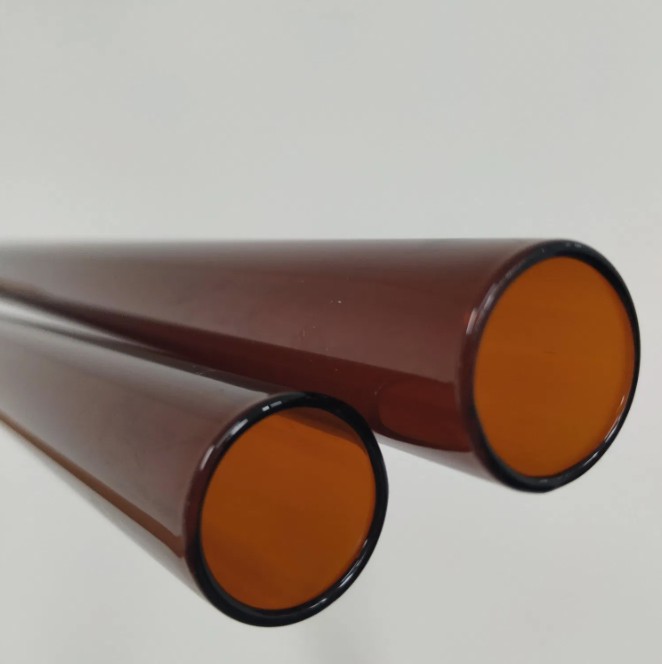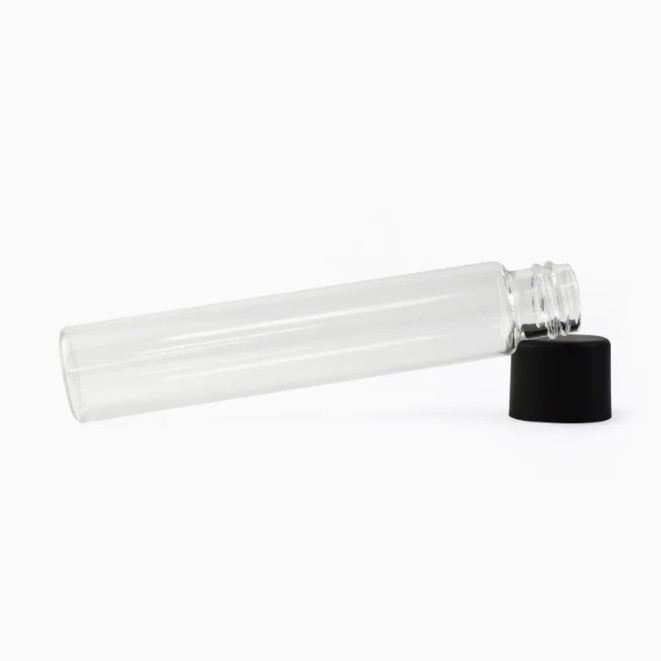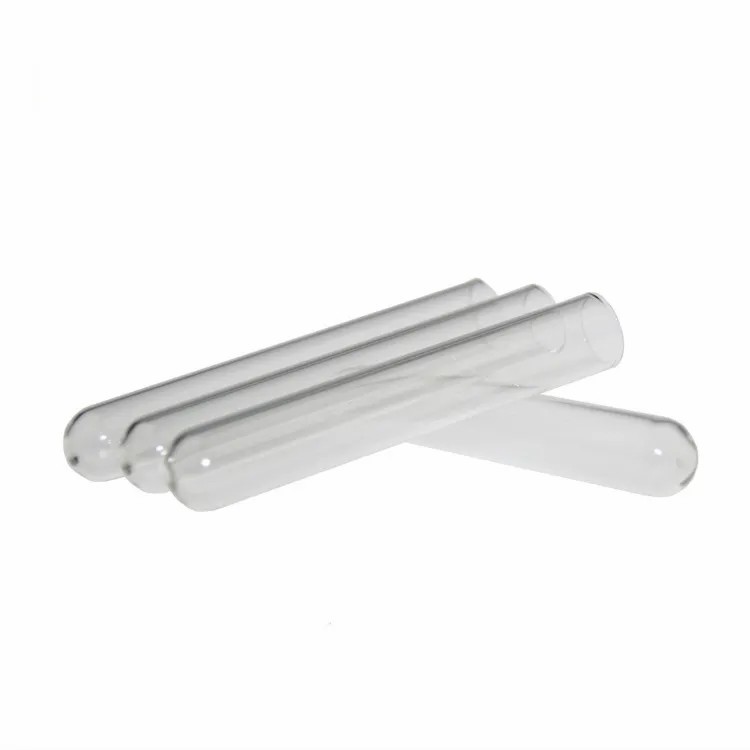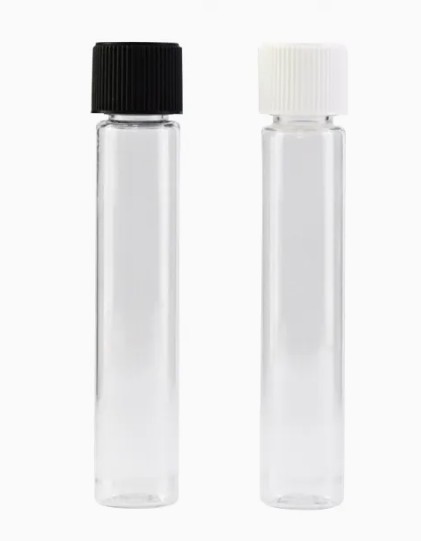Welcome!
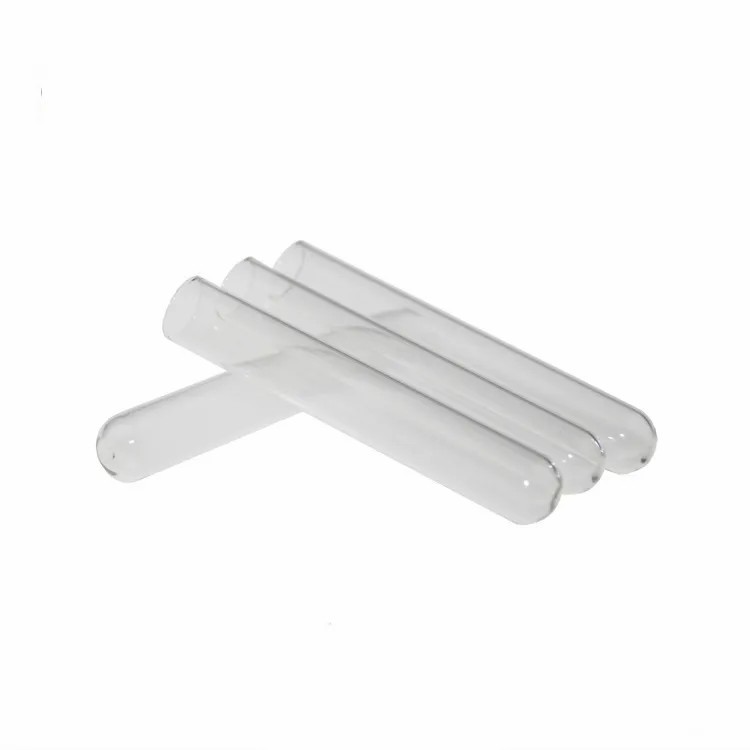

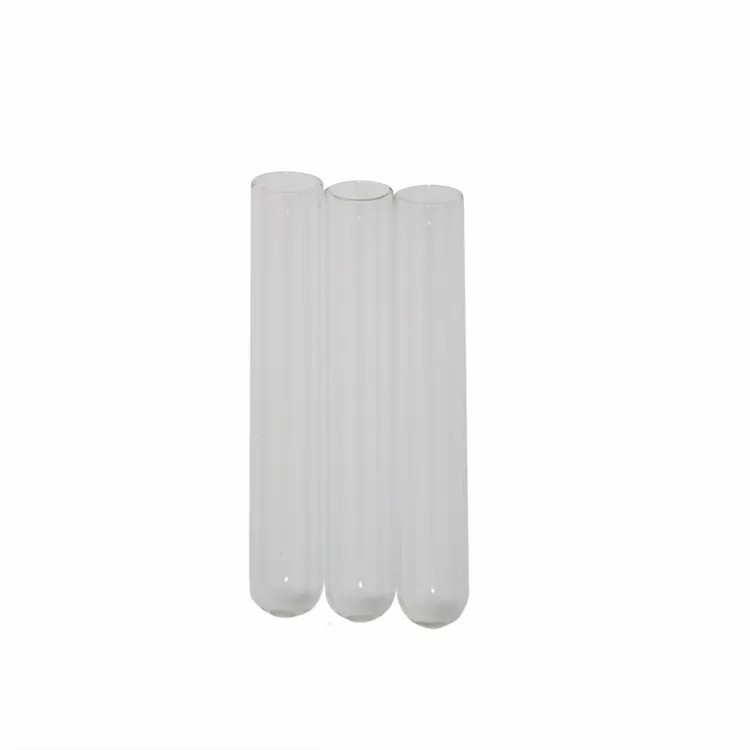
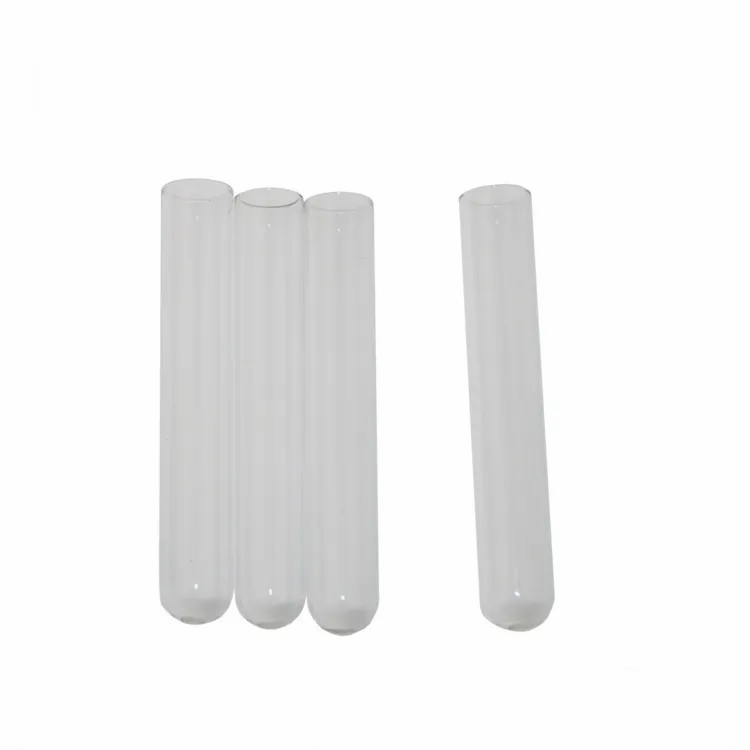
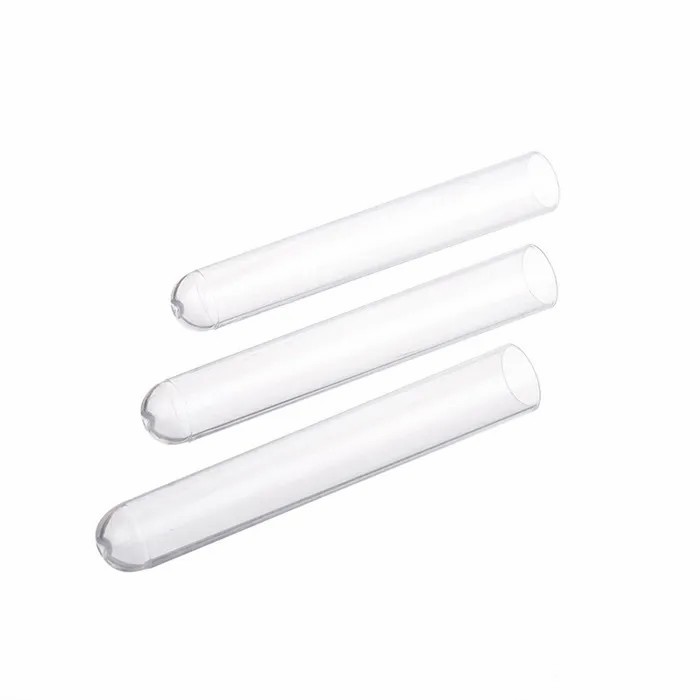
The Ultimate Guide to Borosilicate Glass Test Tubes
Basic Info
| Color | Transparency | Origin | China | Outside Diameter | 2-350 |
|---|---|---|---|---|---|
| Ozone Content | Ozone Free | Processing Service | Bending, Welding, Punching, Decoiling, Cutting, Mo | Production Capacity | 30000 Piece/Pieces Per Month |
| Softening Point | 1680ºC | Surface Treatment | Polished | Type | Clear Quartz Pipe |
Product Description
Chemical glass test tubes are the fundamental workhorses of any laboratory, from high-school classrooms to cutting-edge research facilities. While they may appear simple, the quality and composition of the test tube you choose are critical to the success and safety of your experiments. This guide delves into the world of premium borosilicate glass test tubes, explaining why they are the unequivocal choice for professionals and educators alike.

Core Characteristics: What Sets Borosilicate Glass Apart?
Not all glass is created equal. The superior performance of our test tubes stems from their borosilicate glass composition.
- Exceptional Thermal Shock Resistance: Borosilicate glass is engineered to withstand extreme and rapid temperature changes. You can safely move these test tubes from a boiling water bath to an ice bath without fear of shattering, a common failure point with ordinary soda-lime glass.
- Superior Chemical Durability: Resistant to the corrosive effects of most acids, alkalis, and organic solvents, these test tubes ensure sample purity and container integrity over time. They do not leach chemicals or interact with your reagents.
- High Mechanical Strength: While no glass is unbreakable, borosilicate glass offers a higher level of resistance to physical impact and scratching compared to standard glass, providing greater durability in daily use.
- Optical Clarity: The inherent clarity of the glass allows for unobstructed visual observation of reactions, color changes, and precipitates, which is essential for accurate monitoring and analysis.
- Precision Manufacturing: Each test tube features a uniform wall thickness, a perfectly smooth rim for safe lip, and a standardized base for stable standing. They are designed to fit snugly in standard racks and holders.

Significant Advantages for Your Laboratory Work
Choosing the right test tube translates directly to tangible benefits in your workflow.
- Enhanced Safety: The combination of thermal and chemical resistance minimizes the risk of catastrophic failure, protecting personnel from hot liquids, chemical spills, and flying glass fragments.
- Uncompromised Results: The non-reactive nature of the glass guarantees that your chemicals remain uncontaminated, leading to more reliable and reproducible experimental outcomes.
- Long-Term Cost-Effectiveness: Due to their robust construction, borosilicate glass test tubes have a much longer lifespan than their cheaper counterparts. This reduces replacement frequency and overall consumable costs.
- Versatility Across Applications: Their robust properties make them suitable for a vast range of tasks, from simple heating to complex chemical synthesis.
Primary Applications and Use Cases
The utility of borosilicate glass test tubes spans numerous disciplines:
- Academic Instruction: Ideal for teaching basic chemical principles, demonstrating reactions, and allowing students to practice safe laboratory techniques.
- Qualitative Analysis: Used for observing color changes, testing for the presence of ions, and conducting preliminary reaction screenings.
- Sample Storage: A safe and inert container for temporarily storing small volumes of liquid or solid chemical samples.
- Heating and Boiling: The primary vessel for heating liquids over a Bunsen burner or other heat sources.
- Biological Cultures: Suitable for small-scale microbial or cell culture work, especially when clear visibility is required.
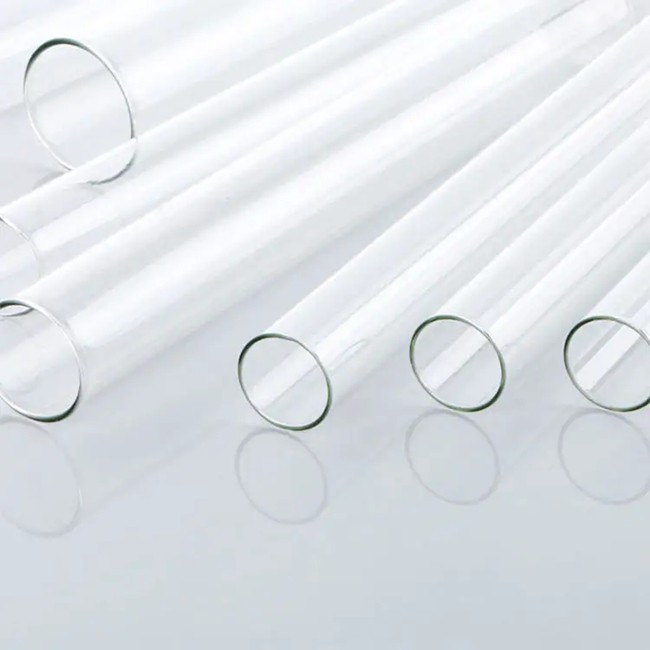
Frequently Asked Questions (Q&A)
1. What is the main difference between borosilicate glass and regular glass test tubes?
The key difference lies in the composition. Borosilicate glass includes boron trioxide, which gives it a very low coefficient of thermal expansion. This makes it highly resistant to thermal shock. Regular soda-lime glass, used in everyday items, expands and contracts much more rapidly with heat changes, making it prone to cracking or shattering under similar conditions.
2. Can I autoclave these glass test tubes?
Yes, absolutely. Borosilicate glass test tubes are designed to withstand the high-pressure and high-temperature conditions of an autoclave. They are fully autoclavable, making them perfect for sterilization procedures in microbiological and biochemical labs.
3. What sizes and capacities are typically available?
They come in a wide range of standard sizes to suit different needs. Common capacities include 10mm, 12mm, 15mm, 18mm, and 20mm in diameter, with lengths varying accordingly. Volumes can range from small 3ml tubes to larger 25ml or even 50ml tubes.
4. Are there specific cleaning protocols I should follow?
For general cleaning, a laboratory detergent and warm water with a suitable brush is effective. For more stubborn residues, rinsing with a dilute acid (like hydrochloric acid) or a solvent followed by a thorough rinse with deionized water is recommended. Always ensure they are completely dry before storage.
5. Do you offer test tubes with lips or rims?
Yes, most standard test tubes are manufactured with a reinforced rim. This lip provides a safe and easy point for pouring and also adds structural strength to the top of the tube, reducing the chance of chipping.
Recommended Products
Recently Viewed
Contact Us
Yangzhou Huiying Glass Crafts Co., Ltd.





